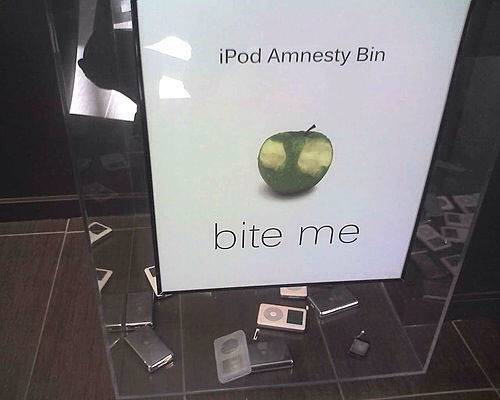I play a lot of music while I work yet I’ve been a slow convert to streaming music. Perhaps it’s the millionth time of hearing every track I own that has converted me, maybe it’s just that I tried out iTunes Radio and liked it more than I expected.
But the problem is that here I am, converted , yet I can’t stay converted. I still like iTunes Radio though the increasing number of ads is discouraging me. (You can go ad-free if you subscribe to iTunes Match. But I’ve only got iTunes Radio access because I have a US iTunes account. All my music is in iTunes UK so even if I paid the subscription, I wouldn’t get iTunes Match on that. The fee is $25/year which is fine for just getting radio but knowing it should also give me this other Match feature makes it hard to pay up.)
Very often I want to listen to a particular artist , album or song, though and and iTunes Radio doesn’t guarantee any of that. You choose an artist and get, say, Suzanne Vega Radio which has her plus similar artists. (There are no similar artists to Suzanne Vega, iTunes is lying.) But it’s five to ten and pick ’em whether you get to hear any Vega and close to no chance you’ll hear the song. No chance at all that you’ll hear the album.
So faced with a lot of driving recently, I tried Spotify again. I try Spotify from time to time and can’t ever remember why I stop. Except now. Now I remember. You can get Spotify to play a list of your favourites – or a friend’s list – but at some point soon it will go off the reservation and on to music it’s sure you’ll like. It might be right but I was liking that music fine enough.
You can’t always switch or skip that stuff, either. So Spotify irritates me.
There are many other firms and options, though, and that’s what this linked article is about. There aren’t as many services for us in the UK as there are in this American article but the issues and points are interesting and well made.
I’m pondering this lot. Take a look yourself at MacObserver’s Head to Head Comparison of 14 Streaming Music Services
